When we think of fruits, our minds jump to the bold and vibrant—think crimson apples, sunny oranges, or deep purple grapes. But not all fruits wear their flavors in flashy colors. Some of the most unique and intriguing ones come in more subtle shades.
White fruits, especially those dotted with striking black seeds, are often overlooked gems in the fruit world. They often surprise us with delicate flavors, creamy textures, and rich cultural significance.
In this post, we shine a light on 15 white-fleshed fruits with black seeds that deserve a place in your fruit vocabulary—and maybe even on your plate. Whether you’re a curious foodie, a plant enthusiast, or just love discovering nature’s surprises, this guide is a fresh place to start.
1. Dragon Fruit (White variety)
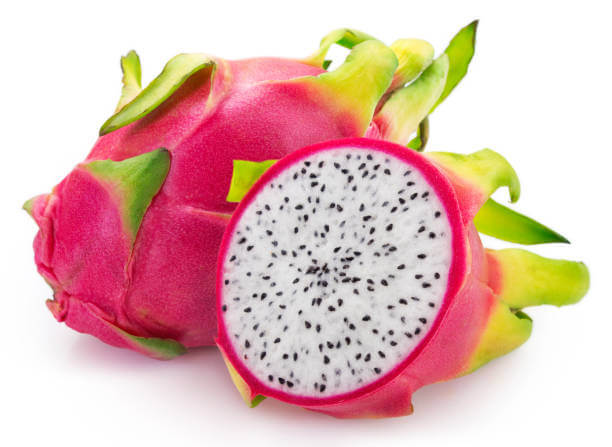
This striking cactus fruit has a vibrant pink outer skin and white inner flesh speckled with tiny black seeds. The seeds are edible and add a slight crunch, similar to kiwi seeds. Mildly sweet and subtly floral, it’s a refreshing fruit often used in smoothies, bowls, and salads.
2. Cherimoya
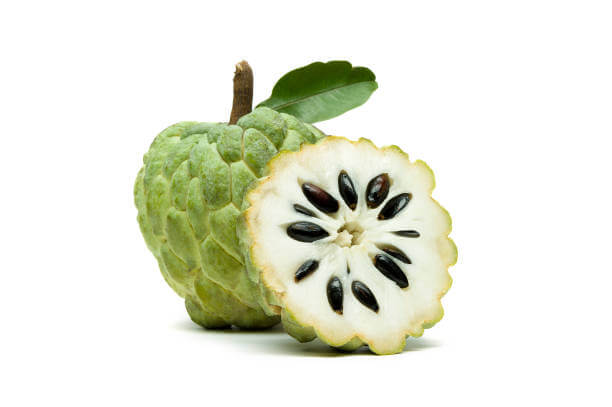
Nicknamed the “custard apple” for its creamy texture, cherimoya boasts snow-white pulp studded with large, shiny black seeds. The fruit has a tropical blend of banana, pineapple, and vanilla flavors. While the flesh is deliciously edible, the seeds contain toxic compounds and should be discarded.
3. Soursop
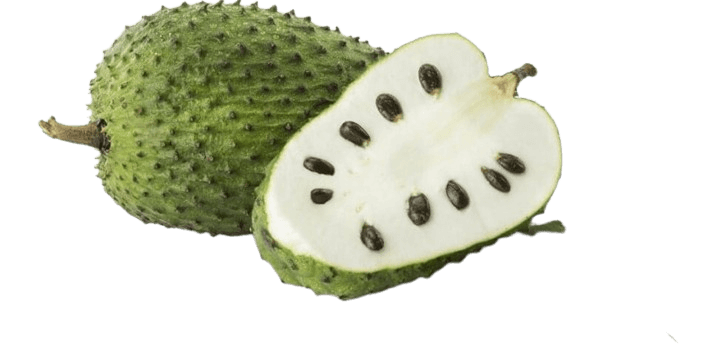
Soursop has soft, fibrous white flesh with glossy black seeds throughout. It has a distinctive tangy-sweet flavor often described as a mix of strawberry and citrus. Though commonly used in drinks, ice creams, and candies, the seeds are inedible and toxic if crushed or chewed.
4. Sugar Apple / Sweetsop
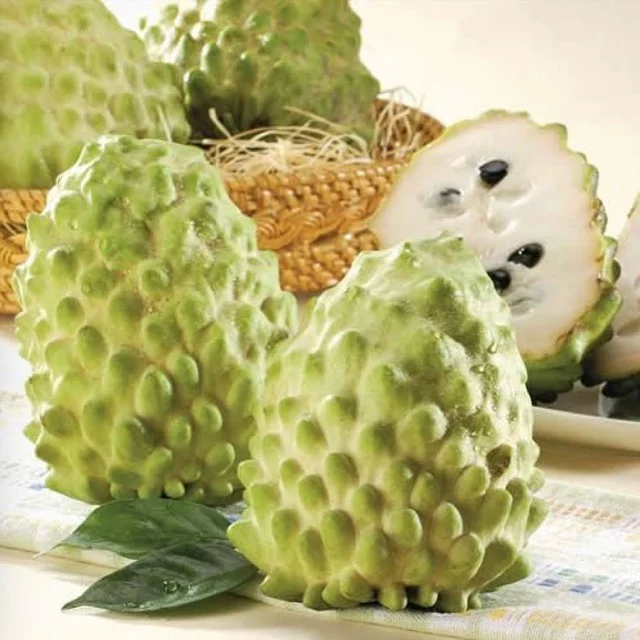
Segmented white flesh and multiple hard black seeds define this fruit. With a grainy, custard-like texture and sugary taste, it’s a delicacy in many tropical regions. The seeds should never be eaten and are usually spat out easily due to the segmented structure.
5. Rambutan
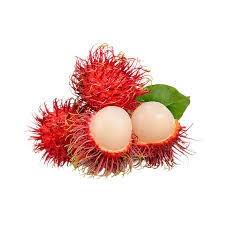
Rambutan’s hairy red shell gives way to translucent white flesh wrapped around a black seed. Juicy and mildly sweet, it resembles lychee in taste. The seed, though not typically consumed, contains mildly toxic substances when raw.
6. Lychee
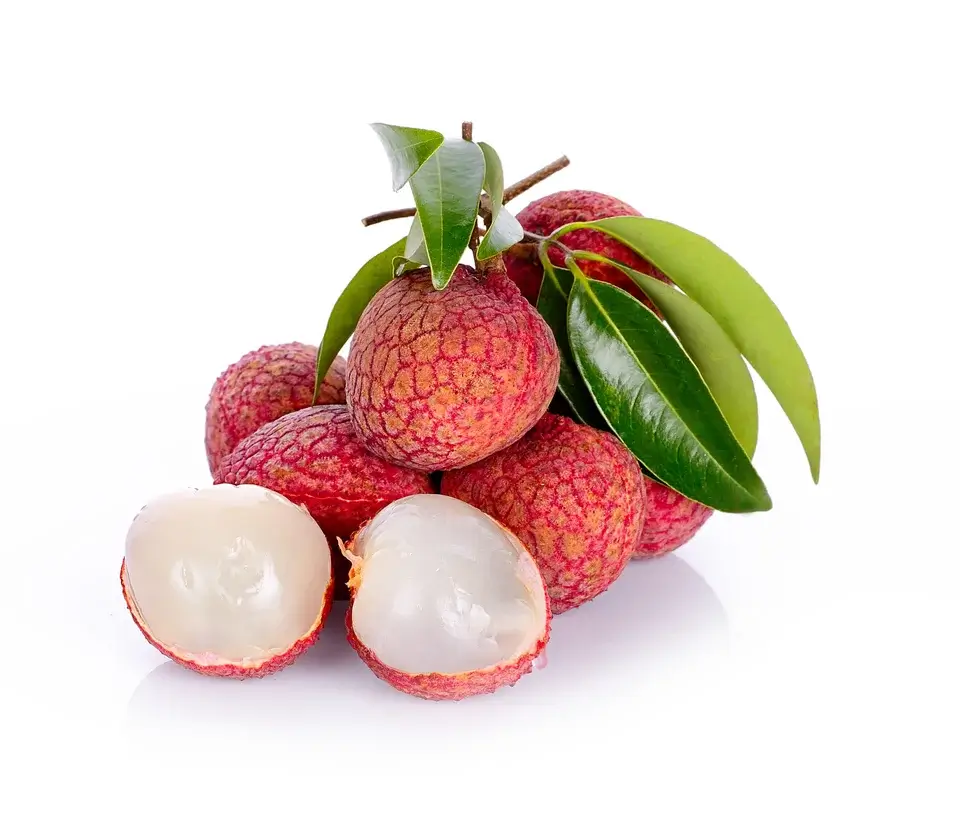
Famed for its floral aroma and syrupy sweetness, lychee’s white, juicy pulp encloses a smooth, black-brown seed. The contrast makes the seed especially visible and easy to remove. The seed is not edible but isn’t usually toxic unless consumed in large quantities raw.
7. Longan
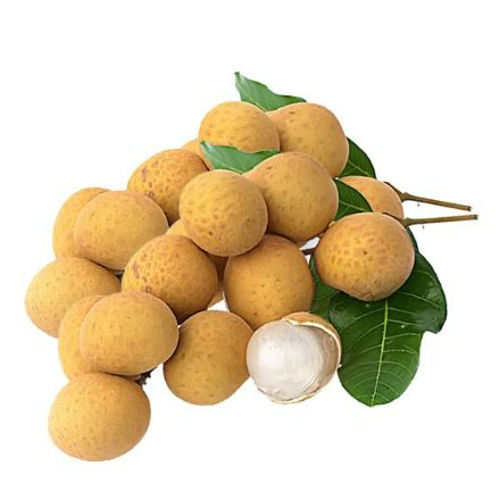
Often described as “dragon’s eye” due to its appearance — white translucent flesh encasing a shiny black seed — longan is mildly sweet and musky. The seed is hard and inedible. It is commonly eaten fresh or dried in Asian desserts.
8. Mangosteen
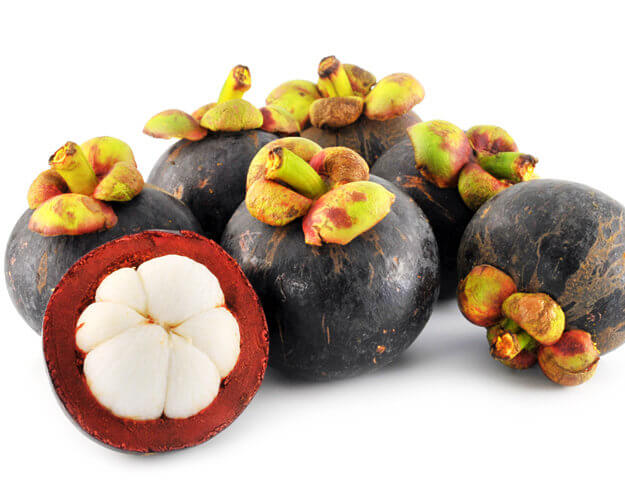
While the outer rind is deep purple, the interior holds pristine white segments. Some of these contain soft, dark seeds. The edible pulp is highly prized for its juicy, floral-sweet flavor, while the seeds are typically discarded.
9. Custard Apple (White variety)
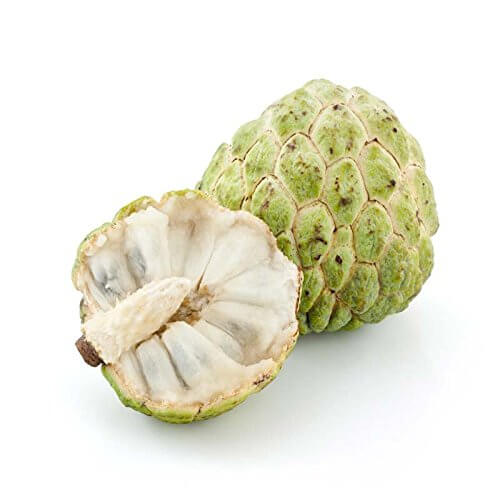
Often confused with cherimoya, the white-fleshed custard apple has soft, creamy sections filled with dark seeds. It’s a popular fruit in warmer climates and is prized for its sweet, fragrant flavor. Seeds should not be consumed due to toxicity.
10. Atemoya

A tropical hybrid of cherimoya and sugar apple, atemoya has white custard-like flesh with prominent black seeds. It’s less gritty than sugar apple and sweeter than cherimoya. As with other Annona fruits, the seeds are inedible and toxic if crushed.
11. Langsat / Lanzones
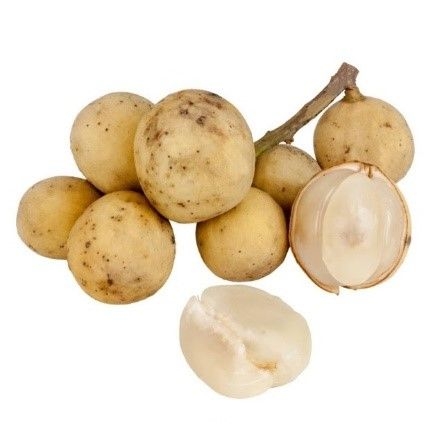
Translucent white in appearance, these small round fruits contain one or two dark, bitter seeds. Sweet-tart in flavor, they’re popular in Southeast Asia. The seeds are not poisonous but are extremely bitter and should be avoided.
12. Pulasan

Closely related to rambutan, pulasan has thick skin and juicy white or off-white flesh surrounding a dark seed. Sweeter and less acidic than rambutan, it’s enjoyed fresh. Seeds are not eaten due to potential mild toxicity.
13. Salak (White-fleshed varieties)
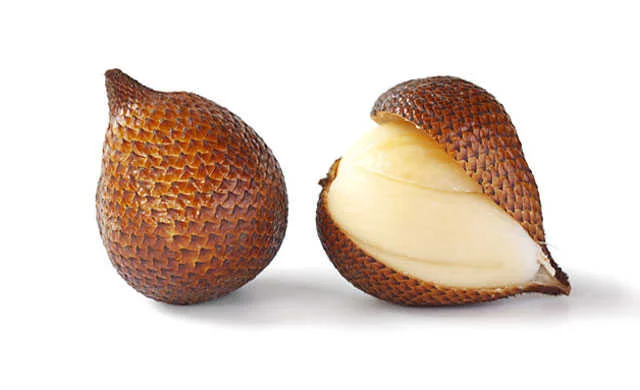
While most snake fruits have reddish or tan scaly skin, some varieties feature pale white or ivory flesh. The juicy segments enclose shiny dark-brown seeds that are inedible. Salak’s texture is firm and crunchy, with a sweet-acidic taste.
14. Jabuticaba
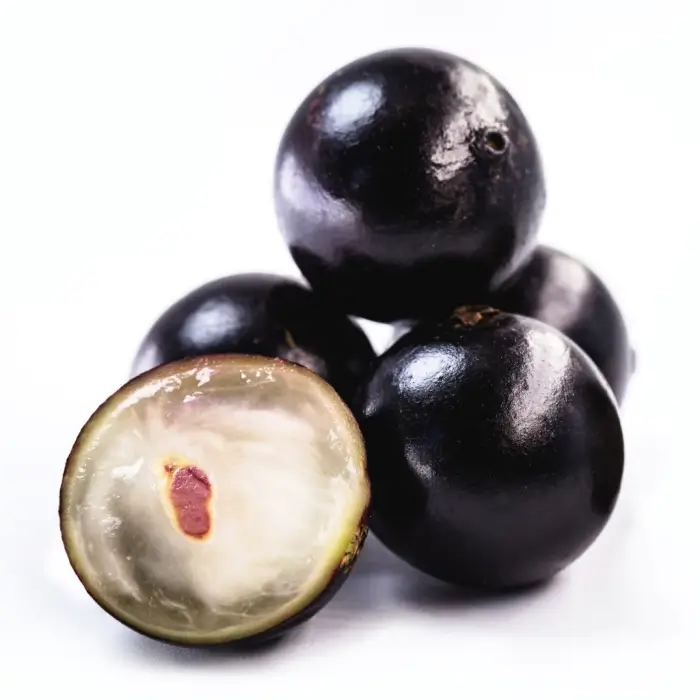
Native to Brazil, this grape-like fruit has thick purple-black skin but inside, a white gelatinous pulp houses 1–4 dark seeds. It has a unique sweet-tart flavor. Seeds are generally spit out or removed during juice preparation.
15. Santol
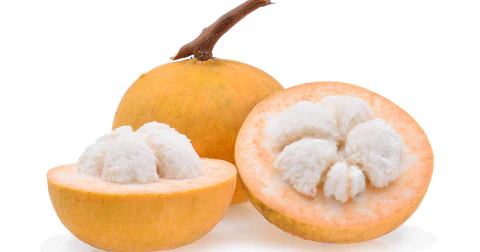
The white cottony pulp of the santol fruit wraps around several smooth, dark seeds. Tart and astringent when unripe but sweet-sour when ripe, the pulp can be eaten raw or cooked. The seeds are not edible and can pose a choking risk if swallowed whole.
Also Check: 22 Fruits With Black Seeds
